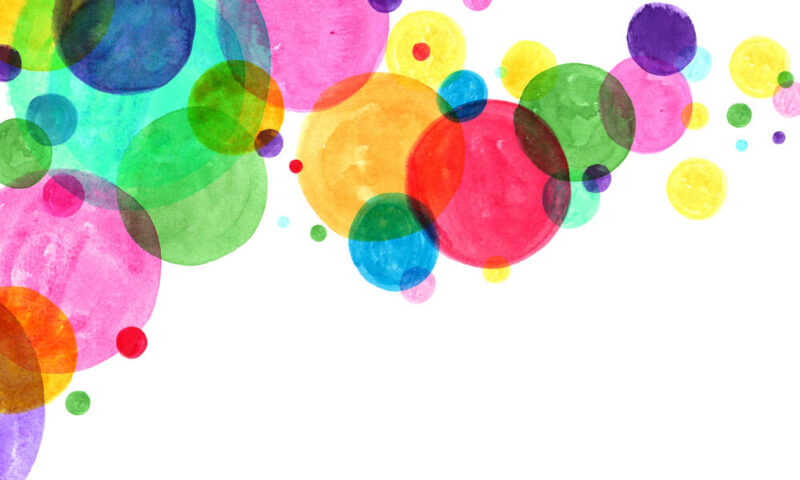
Build Your Creative Pipeline, Day 2: Share What You See
Creating a show-and-tell culture around ideas can be a huge boon to inspiration at an organizational level.
This is Day 2 of our creative pipeline series. Day 1 was about building a space for creative thinking. Keep an eye out for future entries in the series this week.
“If you see something, say something” isn’t just useful advice when you’re riding mass transit; it’s also a great way to think about creative observation.
With that in mind, let’s hop into today’s tip for building a creative pipeline: Encourage employees to share observations with the group.
How to Encourage a Show-and-Tell Culture
If you followed our last challenge, you may now have a creative space for sharing ideas. But those ideas can be sparked by things outside of that space—articles, pictures, objects, even just being observant in a given setting. Your job as a leader is to help people recognize what they’re inspired by, then encourage them to share that inspiration with others. Maybe that comes in the form of knowledge-sharing.
If you’d like, that coaxing can be structured: Maybe you set a guideline for people on your team to share things that they see out in the world once a week. (But don’t force it.)
However, it doesn’t have to be that official. Simply asking people to share the ideas they come across in their daily interactions, whether in a creative space or elsewhere, can help create a setting where people share spare thoughts or points of inspiration naturally. You can also lead by example—say, by occasionally emailing the team about something that inspired you, then asking others to respond with anything that sparked their own creativity lately.
Why You Should Encourage a Show-and-Tell Culture
If you ever took part in show and tell in school, you know how valuable it can be for someone to share a piece of their lives with others. In some ways, creative observation plays into the same line of thinking, as it encourages your employees to catch details that could have value either immediately or down the road. And a Lifehacker piece suggests that it can help make people more detail-oriented and encourage them to spot patterns.
“Detecting patterns and combining that with your experience is what allows you [to] predict what happens next,” writer Thorin Klosowski explained. “The more you observe of the world and people, the better you become at detecting patterns. Subsequently, you get better at predicting what will happen next.”
And beyond the benefits to your creative pipeline, it’s a great way to get people to open up about their lives and what they’re interested in. And that, of course, creates more openness around sharing overall—which boosts creativity.
(crisserbug/iStock/Getty Images Plus)






Comments